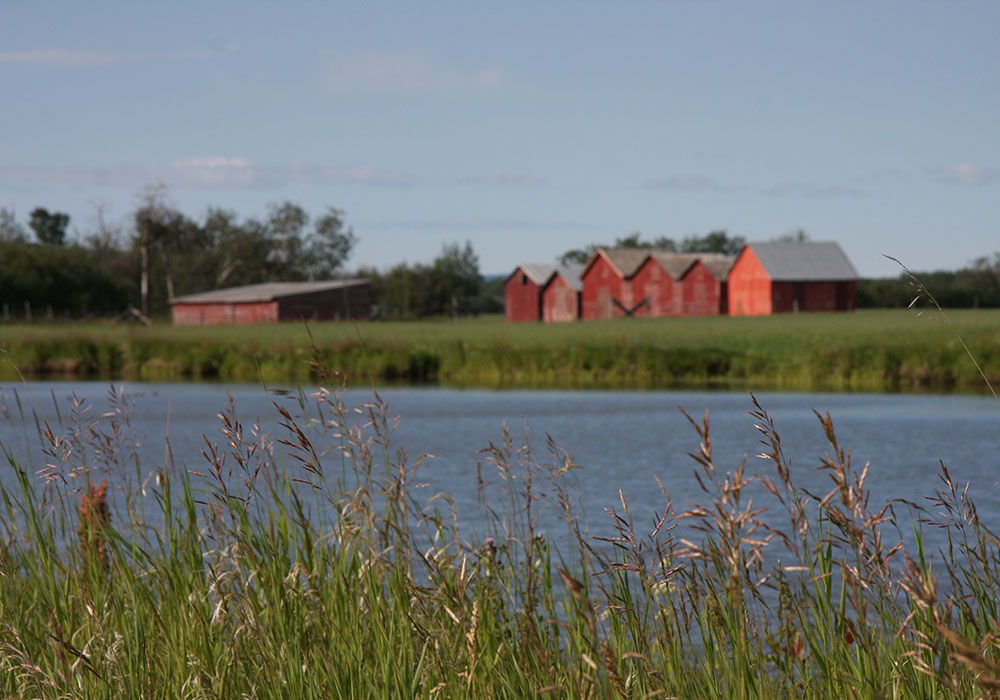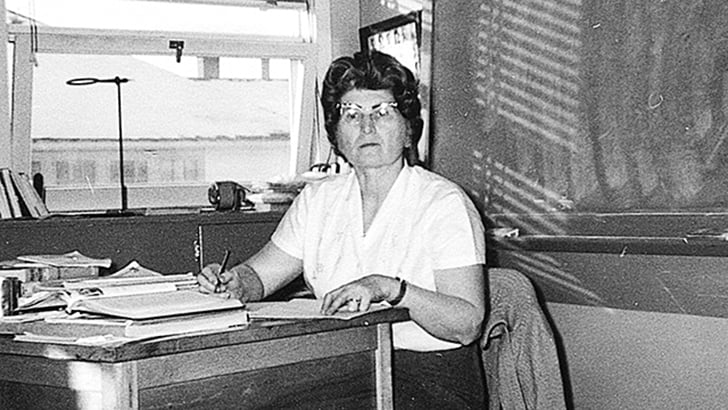Valley slopes bloom with splashes of rainbows. Yellow sunflower-like blossoms of balsamroot contrast with brilliant blue beardtongue, fire engine red scarlet paintbrush and pinkish three-flowered avens.
If you enjoy the beauty of wildflowers, it’s hard to beat Waterton Lakes National Park. Prime time to see the show is spring and early summer. Mid-June also brings the annual Wildflower Festival with guided hikes, presentations on flower identification and practically anything else floral.
Tucked into the southwest corner of Alberta, Waterton differs from other Rocky Mountain parks. Most apparent is the lack of foothills.
Read Also

Alberta cracks down on trucking industry
Alberta transportation industry receives numerous sanctions and suspensions after crackdown investigation resulting from numerous bridge strikes and concerned calls and letters from concerned citizens
The Prairies come smack up against the mountains, with grasslands reaching high into alpine valleys. This allows prairie plants to flourish in high altitudes, so we find unusual combinations such as crocuses growing next to mountain-dwelling glacier lilies.
The Rockies are at their narrowest here, so influence comes from the other side of the mountains as well. Warm southwest winds moderate the climate and blow in plant seeds, bringing species that normally grow farther south.
Mix these factors together and the result is the most ecologically diverse part of the Rockies, sporting an incredible range of plant life.
More than 50 percent of Alberta’s wildflowers thrive here and 30 of Canada’s rarest wildflowers grow nowhere else.
Flowers are only one reason to visit at this time of year. Snow generally covers higher altitudes well into June, so wildlife stays lower in the valleys, making this an ideal time to find critters.
During our last June trip, we lost track of the number of bears that we saw close to the road. Bighorn sheep are fairly common, with some seen close to the village.
Moose, elk, white-tailed deer and mule deer round out other possible sightings. Plains bison are a sure bet. A herd of about 20 roams in a large fenced paddock that you can drive through.
Watch for small calves wandering near their mothers or playing in the grass. The best reason for a June visit is perhaps that it’s ahead of the main tourist season.
Our Rocky Mountain national parks are wonderful places, but mid-summer crowds can get overwhelming.
Spectacular scenery lies around every corner. A highlight is the Red Rock Parkway, a 15 kilometre route running through the deep Blakiston Valley with open grassy slopes alive with wildflowers.
The road ends at the park’s most famous natural attraction, Red Rock Canyon, slicing through eroded sedimentary rock turned an almost unreal red from oxidized iron.
Bands of white marble, black strands of magma and bright green algae in the water add to the kaleidoscope.
The park’s other major scenic route, the 16 km long Akamina Parkway, climbs continuously until it ends at Cameron Lake almost in a different world. We left the warm valley with flowers in full bloom, then had a cool picnic lunch at Cameron Lake, which was still blanketed in ice and lined with metre-high snowdrifts.
The small village is home to most accommodation and the main campground.
We prefer the Crandell Mountain Campground along the Red Rock Parkway since there are many trees that offer some protection from the biting winds.
The main campground lies right on the shore of Upper Waterton Lake and boasts a fabulous view, but early in the season it can get downright cold when blasts of winds funnel down the lake.
Waterton is justifiably famous for its winds and is among the windiest places in Alberta.
For more information, contact Parks Canada at www.pc.gc.ca.














